Full Sun Shrubs And Bushes - List Of Full Sun Shrubs
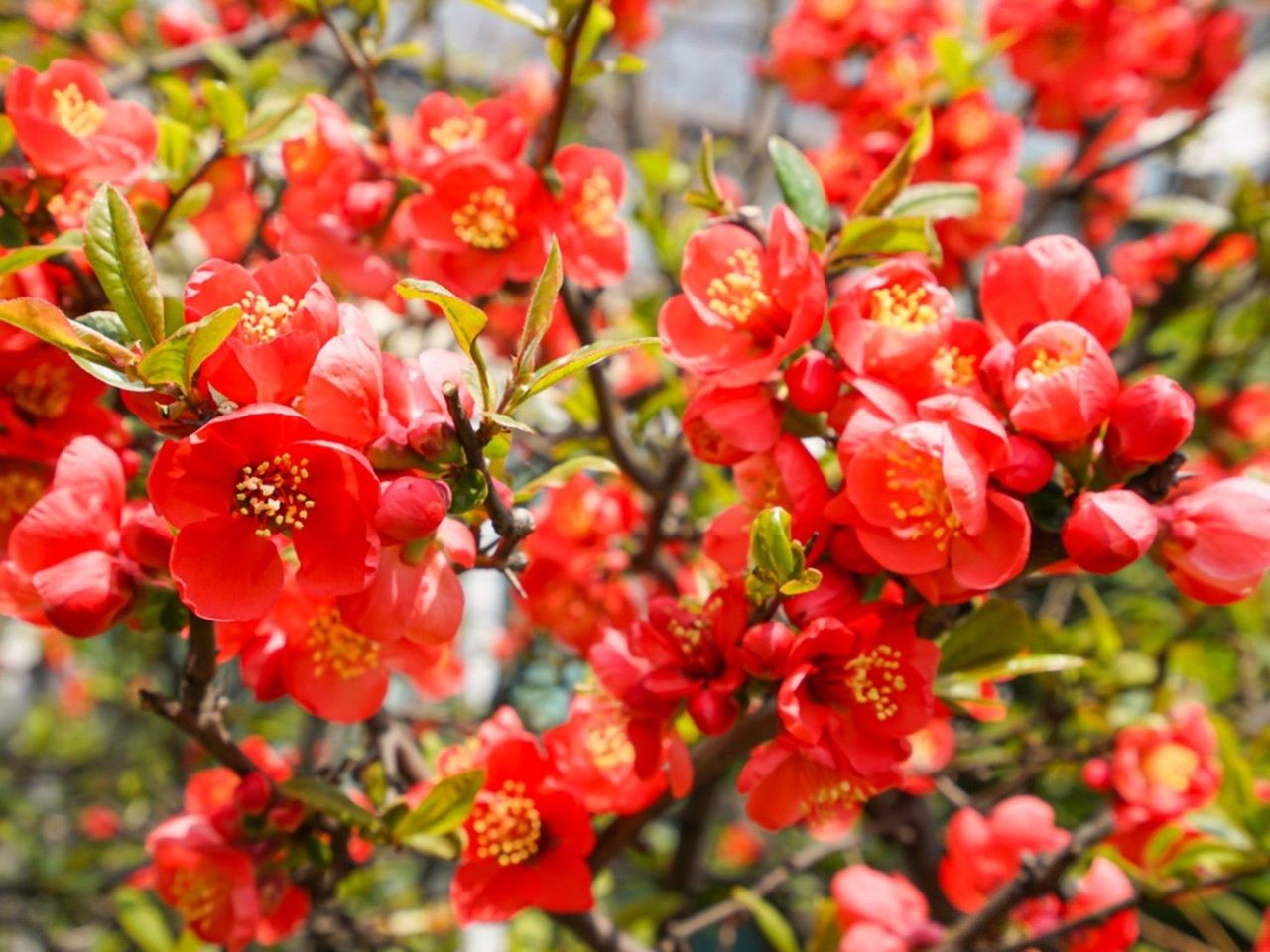

It’s a little tricky to find shrubs for that shady spot in the garden, but you must be careful about which ones you site in full sun too. Not all bushes can serve as all-day sun shrubs.
What shrubs do well in full sun? There are more than a few. Here is a short list of full sun shrubs that are well worth your consideration.
Full Sun Shrubs and Bushes
“Full sun” is a little misleading as gardening phrases go. All day sun shrubs do not require, nor can most grow happily, in a site with 12 hours of sun a day.
Rather, full sun shrubs and bushes are those that thrive with some six hours of direct sunlight most days. Even so, some direct sun shrubs may prefer a little protection from the blazing sun of a summer afternoon.
Native Shrubs for Full Sun
Not all direct sun shrubs are native shrubs, but when you are selecting options for your garden, native shrubs have many advantages. First, native shrubs are used to taking care of themselves, which makes them relatively maintenance free in the garden. They are happy in the climate and are genetically prepared for native insects, pests and weeds in the area.
There are many native plants that qualify as full sun shrubs and bushes. They include fragrant sumac, witch-hazel, summersweet, viburnum and buttonbush. Native direct sun shrubs that provide fruit include winterberry, inkberry, and chokeberry – both red and black.
List of Full Sun Shrubs that Flower
Flowering shrubs are especially welcome in a summer garden. Most flowering shrubs need some sun and some like full sun sites.
Gardening tips, videos, info and more delivered right to your inbox!
Sign up for the Gardening Know How newsletter today and receive a free copy of our e-book "How to Grow Delicious Tomatoes".
Here’s a short list of full sun shrubs that will light up your garden with flowers and attract butterflies, bees and hummingbirds too:
- Butterfly bush (Buddleja davidii, Zones 5 to 9) is a magnet for pollinators and pleases humans as well with its tall trunk and bright spikes of flowers that never seem to stop coming in growing season.
- Spirea (Spiraea, Zones 3 to 8) works well where a shorter shrub is needed. But despite its compact size, it packs a real visual punch in summer when it is covered with masses of buttercup-yellow flowers.
- Viburnum (Viburnum, Zones 2 to 9) is extremely easy to grow and offers year-round pleasure with flowers followed by an autumn display and berries that remain on the bush into winter.
- Crape Myrtle (Lagerstroemia indica, Zones 7 to 9) is extremely popular in the South given its spectacular summer flowers last through September, calling butyterflies and bees right into the garden

Teo Spengler is a master gardener and a docent at the San Francisco Botanical Garden, where she hosts public tours. She has studied horticulture and written about nature, trees, plants, and gardening for more than two decades. Her extended family includes some 30 houseplants and hundreds of outdoor plants, including 250 trees, which are her main passion. Spengler currently splits her life between San Francisco and the French Basque Country, though she was raised in Alaska, giving her experience of gardening in a range of climates.
-
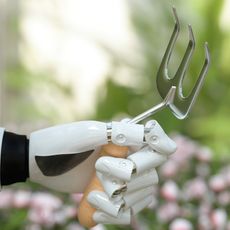 The Dangers Of AI For Gardening – How To Know What’s Real When It Comes To Your Garden
The Dangers Of AI For Gardening – How To Know What’s Real When It Comes To Your GardenThings aren’t always what they seem when it comes to using AI for gardening. Be discerning when relying on AI for accuracy, and take the time to do research.
By Teo Spengler
-
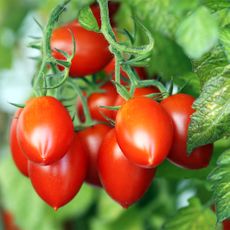 Best Determinate Tomatoes: Compact Varieties With Big Yields For Cooking & Canning
Best Determinate Tomatoes: Compact Varieties With Big Yields For Cooking & CanningDeterminate tomatoes are prized for their compact growth and bountiful harvests. Learn their characteristics and choose the best varieties for your garden.
By Bonnie L. Grant
-
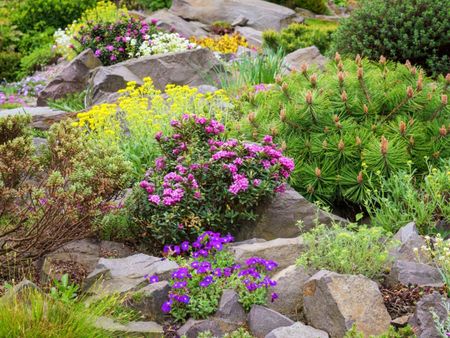 Best Short Bushes For Erosion Control
Best Short Bushes For Erosion ControlErosion is a serious problem that can be solved with the right plants. Read about some low-growing shrubs that can help with erosion control.
By Bonnie L. Grant
-
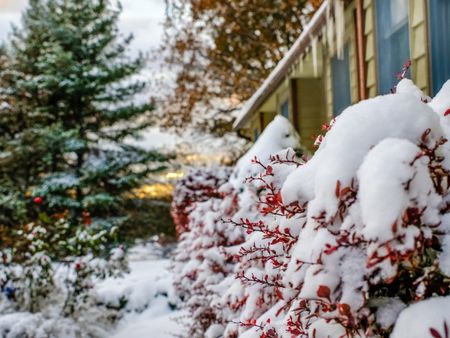 Super Hardy Shrubs And Trees For Northern Climates
Super Hardy Shrubs And Trees For Northern ClimatesWhat are the most cold hardy shrubs and trees for northern climates? Click here to find out.
By Teo Spengler
-
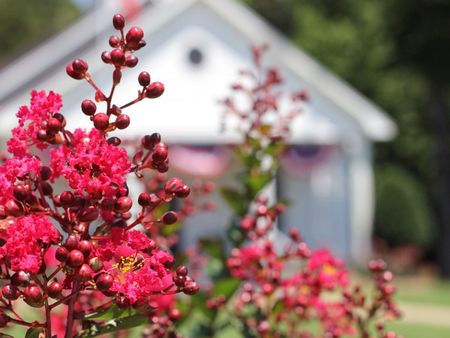 Flowering Shrubs That Like Full Sun And Heat
Flowering Shrubs That Like Full Sun And HeatSome types of flowering shrubs love full sun and summer heat. Read on for full sun shrub suggestions.
By Teo Spengler
-
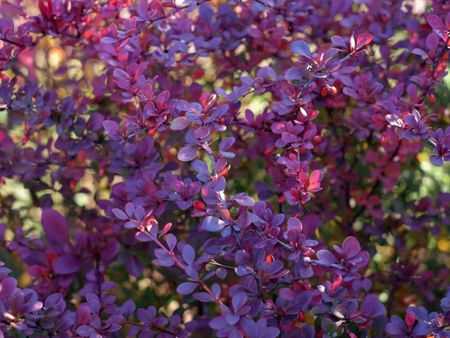 Types Of Shrubs With Purple Leaves
Types Of Shrubs With Purple LeavesIn a garden full of greens and pastels, many gardeners use purple bushes and shrubs for a touch of drama. Here are our favorites.
By Teo Spengler
-
 Flowering Shrubs That Are Deer Resistant
Flowering Shrubs That Are Deer ResistantThere is almost nothing a deer will not eat if it is hungry enough, but some plants are better than others. Read on for information on flowering deer resistant shrubs.
By Teo Spengler
-
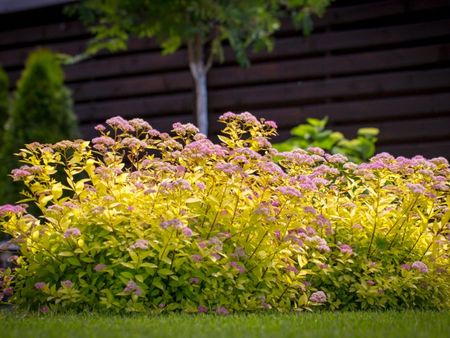 Blooming Invasive Bushes To Avoid
Blooming Invasive Bushes To AvoidWhen it comes to pretty flowers on honeysuckle, scotch broom, and butterfly bush, invasiveness hasn’t always mattered. Today, gardeners know better.
By Mary Ellen Ellis
-
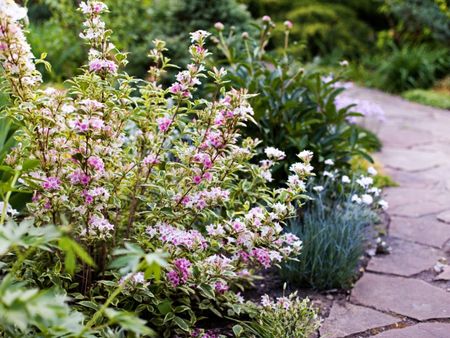 Easy To Care For Flowering Bushes
Easy To Care For Flowering BushesFlowering shrubs are a joy in the landscape, but many gardeners worry about maintenance. Read on for ideas on easy care flowering bushes.
By Teo Spengler
-
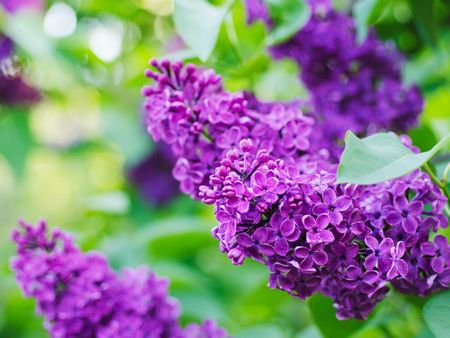 Pretty Purple Flowering Shrubs
Pretty Purple Flowering ShrubsAll flowering shrubs add interest and color to the garden, so why not pick purple? Here are our top recommendations.
By Teo Spengler